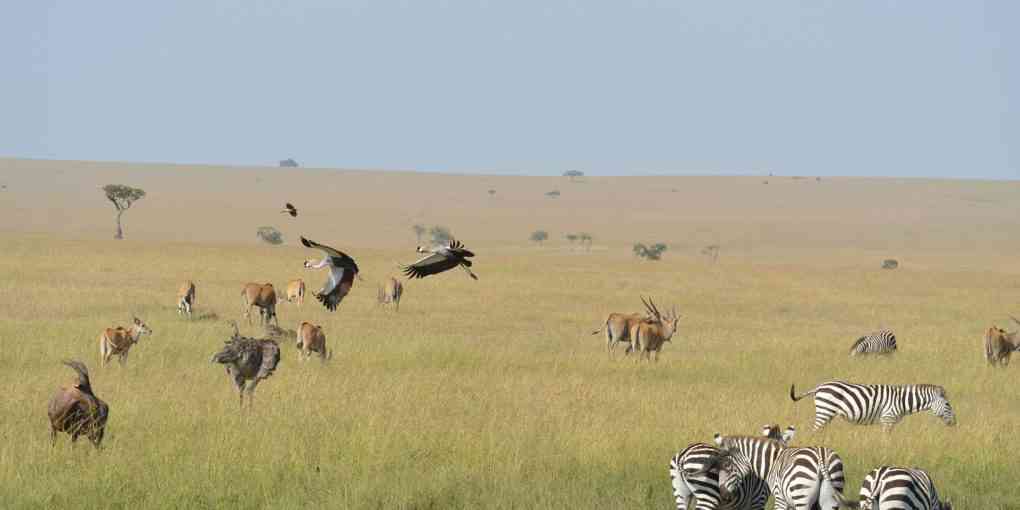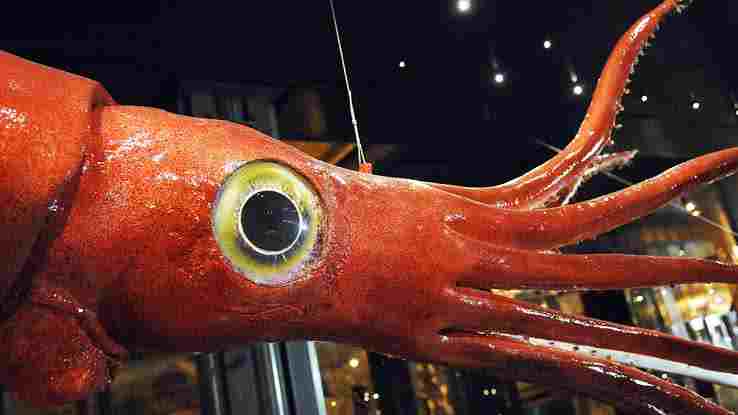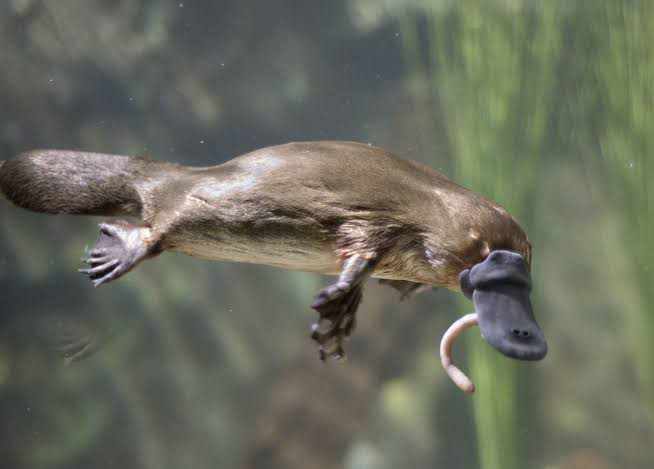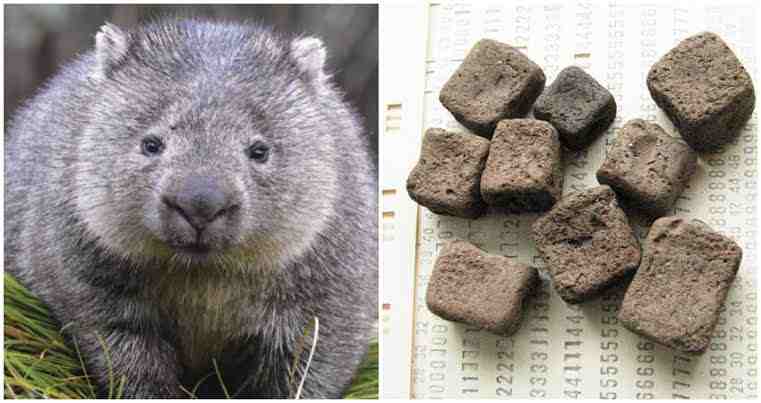 Alfred Ajibola
- 07th November, 2023 @ 04:21 PM
Alfred Ajibola
- 07th November, 2023 @ 04:21 PM
Topics in Biology
Cellular respiration in biology Len Academy biology mock questions for waec Len Academy biology midterm questions for SS1, 2nd Term Characteristics of saltwater habitat Aquatic habitat explained with its types Types of habitat: Terrestrial habitat explained with examples What is habitat? Difference between plant cell and animal cell Nucleus explained with its structures Nucleus explained with its types and functions Organelles of the cell explained with their characteristics Eukaryotic cell explained with its characteristics Prokaryotic cell explained with its structure Characteristics of prokaryotic cell Concept of cell Cell theory in biology Importance and limitations of ecological pyramid Protists explained with their characteristics Contents of the scrotum: Epididymis, vas deferens, spermatic cord and cremaster muscle Tropical savanna explained with its characteristicsAcademic Questions in Biology

From the above diagram, which of the organ below isn't a requirement for the male reproductive system?
A. Bladder
B. Ureter
C. Glans Penis
D. Testis
E. Bulbourethral Gland
F. Epididymis
A walnut shaped male accessory sex organ located between the bladder and penis is the _____.
A. Ductus Ejaculatorii
B. Bulbourethral Gland
C. Prostate Gland
D. Ductus Deferens
E. Seminal Vesicles
F. Epididymis
In a food chain, the primary consumers are classified under trophic level _____.
A. Zero
B. One
C. Two
D. Three
E. Four
F. Five
Cold blooded animals are referred to as _____.
A. Homeotherms
B. Endotherms
C. Poilokitherms
D. Ectotherms
E. Thermotherms
F. None of the above
All reptiles are vertebrates.
A. True
B. False
_____ cells are responsible for the formation of osteoblasts.
_____ is a bone that constitute the axial skeleton.
Which of the following is false concerning cartilages and bones?
Recall that habitat refers to the dwelling place (or home) of living organisms. This home (habitat) of living organisms is always considered as their natural environment (or territory) where they find food, shelter and mates respectively.
The above concept of habitat will give rise to ecosystems where communities of organisms interact with one another, alongside their environment. Simple put, this interaction is always seen among the biotic and abiotic components of the ecosystem.
Please read the introductory concept of habitat here.
Generally, habitat is put into three types. These are:
Terrestrial habitat
Aquatic habitat
Arboreal habitat
It is worthy of note to state that some animals may be both terrestrial and aquatic at different phases of their lives. In this regard, we have animals that thrive on land and water at various stages of their life cycle. Such animals are termed amphibians. Examples include toad, frog, newt, salamander, axolotl, rhacophorus, caecilia, olm, paedophryne, hellbender, necturus, plethodontidae, eryops, temnospondyli and andrias.
Although the habitat typically refers to the natural dwelling place of organisms, they may also be artificially created by man. These are termed man-made habitats. Examples of man-made terrestrial habitat include gardens, national parks, mines and agricultural land.
You can read on agricultural land, types and uses here.
In this article, we shall delve into terrestrial habitat.
One of the meanings of the word terrestrial is: 'living or growing on land'. In this regard, you can think of terrestrial habitat as the solid part of earth (termed land) which serves as a natural home to a variety of organisms. Botanically, mesophytes and xerophytes are the plants present in terrestrial habitat.
Mesophytes are terrestrial plants that grow on soils containing moderate amount of water. These plants are neither adapted to grow in (or on) water; nor do they grow well on arid land.
Xerophytes are plants that grow on soils that contain very little amount of water. They are present in the desert or arid land.
You can read on the differences between plants and crops here.
The earth as we know is comprised of 29.2% land. This land serves as a large ecosystem or terrestrial habitat. However, it is apparent that the plant vegetation on land are markedly different as we move from one region to another. This is as a result of the contrasting climate among these lands. Therefore, the terrestrial ecosystem is grouped into biomes, with each biome characterized by its respective plant and animal community.
Biome refers to a natural community of organisms dwelling and interacting in the same region of terrestrial environment.
The climatic conditions in each biome defines the composition of its biotic environment; (that is, the type of plants and animals present within it).
Biomes are put into different types as determined by their respective climates. Once again, it is noteworthy to state that these biomes are considered as types of terrestrial habitat.
Below are the types of terrestrial habitat (or biomes):
Grassland or Savanna
Tropical rainforest
Swamp forest
Plantation forest
Desert
Montane forest
Tundra
Afro-alphines
Temperate forest
Boreal forest or Taigas
The enumerated terrestrial habitats are summarized below:

The grassland, as the name depicts, is populated with grasses alongside a few scattered trees and shrubs. Apart from these plant community, the grassland also serve as a natural home (habitat) to a variety of animals. They include the lions, zebras, buffaloes, hyenas, birds, insects, wildebeests, antelopes, elephants, giraffes, leopards and so on.
Please read more on the savanna (grassland) here.

The tropical rainforest serves as a home for the largest number of plant and animal species on earth. In simple terms, most of earth's plants and animals are found here.
Examples of plants present in the tropical rainforest include flowering plants, epiphytes, fig tree, stinking corpse lily, cacao, bromeliaceae, passion flower and many more.
Animal community found in the tropical rainforest include birds, sloths, jaguar, snakes, frogs, monkeys, gorillas, chimpanzees, bats, lizards, newts, salamanders, insects, and much more.
Please read a detailed explanation on tropical rainforest here.
This is a terrestrial habitat covering a large area of land containing commercially planted trees. Typically, one type of tree is planted on the entire plantation forest, giving rise to a monoculture forest. The plantation forest therefore serves as a terrestrial habitat for the planted trees.
The habitat of plantation forest contain trees commercially grown for their wood. Interestingly, this forest can produce a high volume of wood within a short period of time. In fact, the volume of wood produced here is greater than those produced on various natural forests.

A plantation forest may also be termed as tree forest, forest plantation, tree farm, or timber forest. This forest is often managed by the states in different countries of the world. An example of a plantation forest is the new forest in United Kingdom. Other examples are parts of the forêt de compiègne in France, and parts of the black forest in Germany.
Examples of trees grown in plantation forest include pines, oaks, red gum eucalyptus, Douglas fir, willow, tasmanian blue gum, Christmas tree, teak, and kapok tree.
Please read on agricultural terms and their meanings here.

The desert is a terrestrial habitat with extreme temperatures; and are thus often referred to as dry land, or arid land. This extreme temperature imply that it can become very hot during the day and cold at night.
Examples of living organisms present in the desert include various drought resistant plants (xerophytes), snakes, camel, ants, scorpions, sand cats, aardvark, desert iguana and so on.
Please read a detailed explanation of the desert biome here.

The temperate forest receive less annual rainfall when compared to the tropical rainforest. The plant community here are dominated by evergreen coniferous trees. Also present here are deciduous trees and shrubs. Examples include oaks, sycamore, beech, walnut, maples, pinus basswood, spruce, carya, hickory, elm, maple and so on.
Animal community found in temperate forest include various species of bird, squirrel, antelope, rabbit, bobcat, black bear, snakes and so on.
You can read on the characteristics of tropical rainforest here.

Boreal forest, often referred to as taigas, are considered as the largest land (terrestrial) biome on earth. The climate here is characteristically cold, although it may vary in certain instances.
The biotic composition of the boreal forest comprises of fewer species of plants and animals when compared to other biomes. Examples of animals found here include boreal chorus frog, wolverine, bald eagle, coyote, boreal owl, boreal woodland caribou, moose, gray wolf, wood bison and so on. Plants present here are black spruce, pine, fir, paper birch, cranberry, alder, blueberry and wild rose.
You can read on forest reserves in Nigeria here.

The afro-alpine are highlands (mountainous) with heights around 3,200 meters to 5,000 meters, and are characterized with fragmented vegetation. The afro-alpine biome is notable in tropical eastern Africa. However, mount Cameroon is an afro-alpine biome present in western Arfica.
The plant community in afro-alpine are characterized by shrubs, ferns, moss, grasses and flowering plants. Animals found in afro-alpine include bearded vulture, Ethiopian wolf, verreaux's eagle, gelada baboon, porcupine, grass rat, golden jackal and falcon.
Please read an introduction to biome here.

The tundra habitat (ecosystems) are found around the arctic and mountain tops. The climate here is cold and windy, with very minimal rainfall.
The plant community in tundra typically lacks trees. However, cushion plants, grasses and mosses may survive in this ecosystem. Animals found here include mountain goats, mountain sheep, marmots, birds, polar bears, artic foxes, insects, snow geese, gray wolves and musk oxen.
You can attempt questions and answers in biology here.
Kindly share this article via the links below:

Please click here to contact Alfred if you require any of the following services:
If you need a standard website at an affordable price.
Online training on the academic subjects: biology, chemistry and basic science.
If you require an advanced smart school management system (web application) for your school.
Click here to read on Len Academy Smart School Software.
Please click here to follow Len Academy on Google News.
Amazing facts in Biology
Russia is home to the largest area of forest in our world with a land mass of 815 million hectares

Giant squid lives deep in the ocean and they have the largest eyes in the world
The movements of the fingers are controlled by muscles of the palms and forehands

Platypus (sometimes referred to as the duck-billed platypus) is an egg-laying, semiaquatic mammal found in eastern Australia. It has no stomach and as such, its food goes from the mouth through the esophagus and directly to their intestines.

Pufferfish contain a toxin called tetrodotoxin. This makes them foul tasting and poisonous to predators. Tetrodotoxin is about 1,200 times more poisonous than cyanide, and there is enough toxin in one pufferfish to kill 30 adult humans. Unfortunately, there isn't any known antidote to this poison.
Interestingly, a delicacy in Japan (called fugu) is made from pufferfish. This meal is very expensive, and must be prepared by trained and licensed chefs. An improper preparation of fugu may lead to the customer's death. Sadly, such deaths are recorded annually

Wombats are the only animal with a cube-shaped poo. They can stack up these cube-shaped poo, marking their territory with it

Robert Wadlow (1918–1940) remains the tallest man ever recorded in the Guinness World Records. He was an American who stood at 8 feet, 11 inches.
An abnormally enlarged pituitary gland had resulted into Robert Wadlow's giant size.
Cockroach is the fastest land animal on six legs

Like humans, all apes laugh when tickled

An ostrich's eye is bigger than its brain
Notable points in Biology

An artery is composed of three layers:
The outermost layer is termed tunica adventitia (or tunica external). It consist mainly of collagen fibres and connective tissues that anchors the arteries to other nearby tissues.
The middle layer is named tunica media. It is made up of smooth muscles and elastic fibres that supports the artery in conveying blood at high pressures.
The inner layer is called tunica intima (or tunica internal). It is lined by a smooth tissue called endothelium, and is made up of a fine network of connective tissues.
All living organisms possess various features in order to survive in their environment. This is the concept of adaptation. As an instance, a fish is able to live in water because it has gills and fins.
Also, a camel is able to survive in the desert because it has large feet to aid walking on sand without sinking. It also has long eyelashes to help protect it from the blowing sand and wind.
Plants are also able to live in different habitats because they have the required adaptive features towards that habitat. For instance:
Plants that live in/on water are termed hydrophytes.
Plants that live on land with moderate amount of water are termed mesophytes.
Plants that live on deserts or arid lands are termed xerophytes.
The point is:
All organisms have various features on them that enables them adapt in their habitat
For a thing to be considered living, it must possess all the basic characteristics of life. These include:
Movement
Respiration
Nutrition
Irritability or Sensitivity
Growth
Excretion
Reproduction
Death
Adaptation
Competition
Please read the explanations on all the basic characteristics of life here
During strenuous exercises like sprinting or running, your body may actually work in the shortage of oxygen. During this time, your body owes oxygen (called oxygen debt) and it must be replenished or repayed after the exercise is stopped. This is why you breathe excess of oxygen after you stopped the exercise.
This is the concept of anaerobic respiration

A food chain is a diagram that shows the relationship between plants and animals within a habitat on the basis of how they rely on each other for food.
Note: Habitat is a place where an organism live. It is of three types: